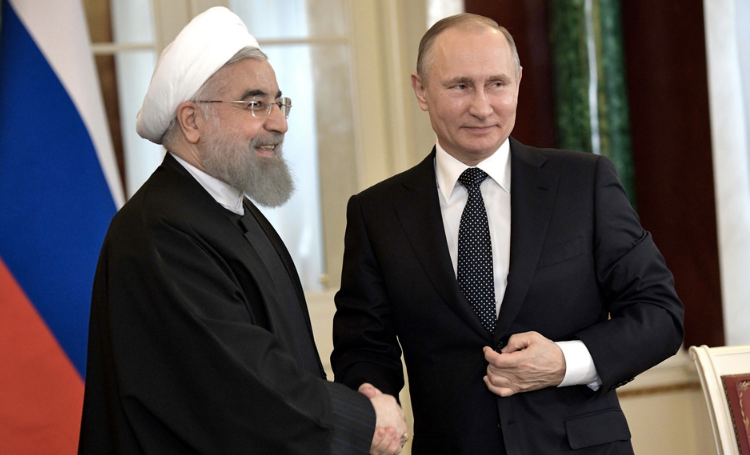Alex Gatopoulos
Al Jazeera, Oct. 31, 2022
“While some models have been tested by Iranian proxy forces in the past, there will be a wealth of valuable information to be gleaned when the country’s weapons systems are pitted against an industrially-sized power supplied with Western weapons, the very sort Iran could see itself going up against in any potential future conflict.”
Russia’s recent missile and drone strikes on Ukraine have highlighted three war developments.
Firstly, Iran appears to be playing a significant role in arming Russia. Then there is the strong indication Russia has been running very low on its own stock of missiles And finally, this new level of intensity means Ukraine is going to need help from the West if this new influx of missiles is to be stopped.
In recent weeks, despite Iranian and Russian denials, images of the Shahed-136 drones, their distinctive delta wings silhouetted against the sky, have circulated around the global media. In Kyiv, tower block residents watched in horror as the drones flew below their windows, the lawnmower-like whine of their engines clearly heard, as they purposefully made their way to intended targets.
Russia has singled out Ukraine’s energy infrastructure for destruction, as the region relentlessly slips into winter. Plunging temperatures, Russia hopes, will cow and subdue the Ukrainian population.
Rolling blackouts across the country have clearly demonstrated the effectiveness of this new influx of Iranian-made drones in slowly destroying the country’s national grid. A type of loitering munition, the Shahed-136 is not designed to return but to be destroyed on impact, a guided flying bomb used by Russia as a cheap cruise missile.
Launched in packs, these drones are designed to fly low, evading radar. Their low altitude and slow speed mean they can be shot down by individual soldiers, as many have been, but they can also be used against front-line positions and are more manoeuvrable than faster missiles. … SOURCE


